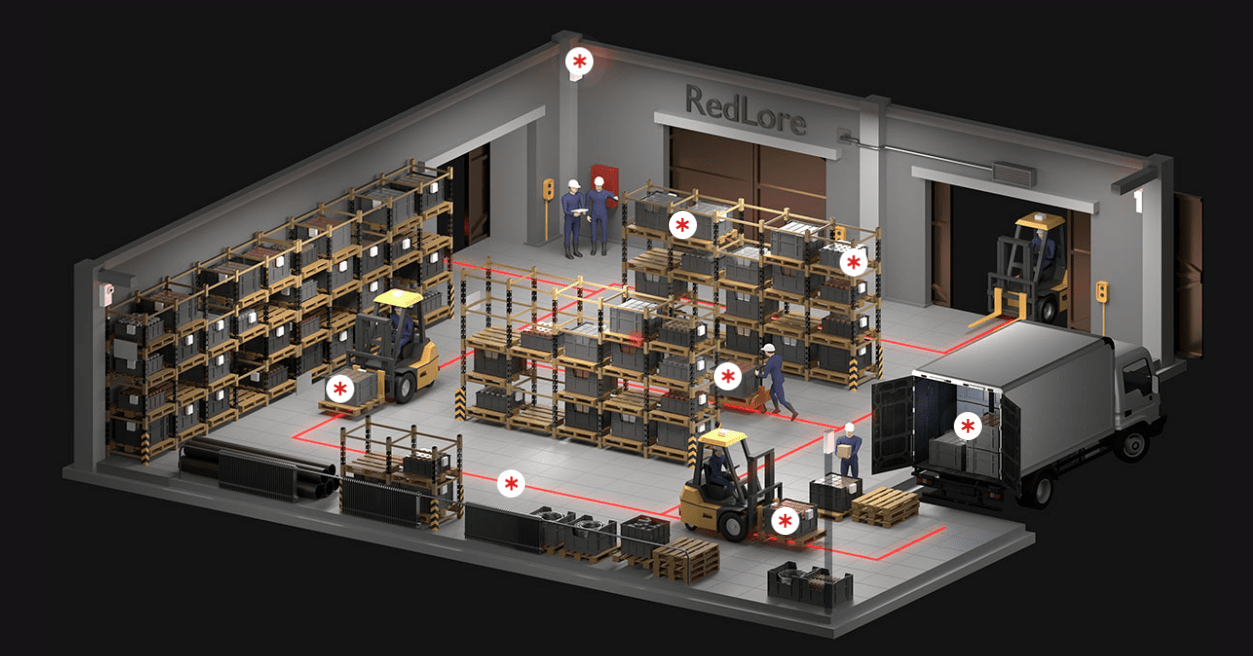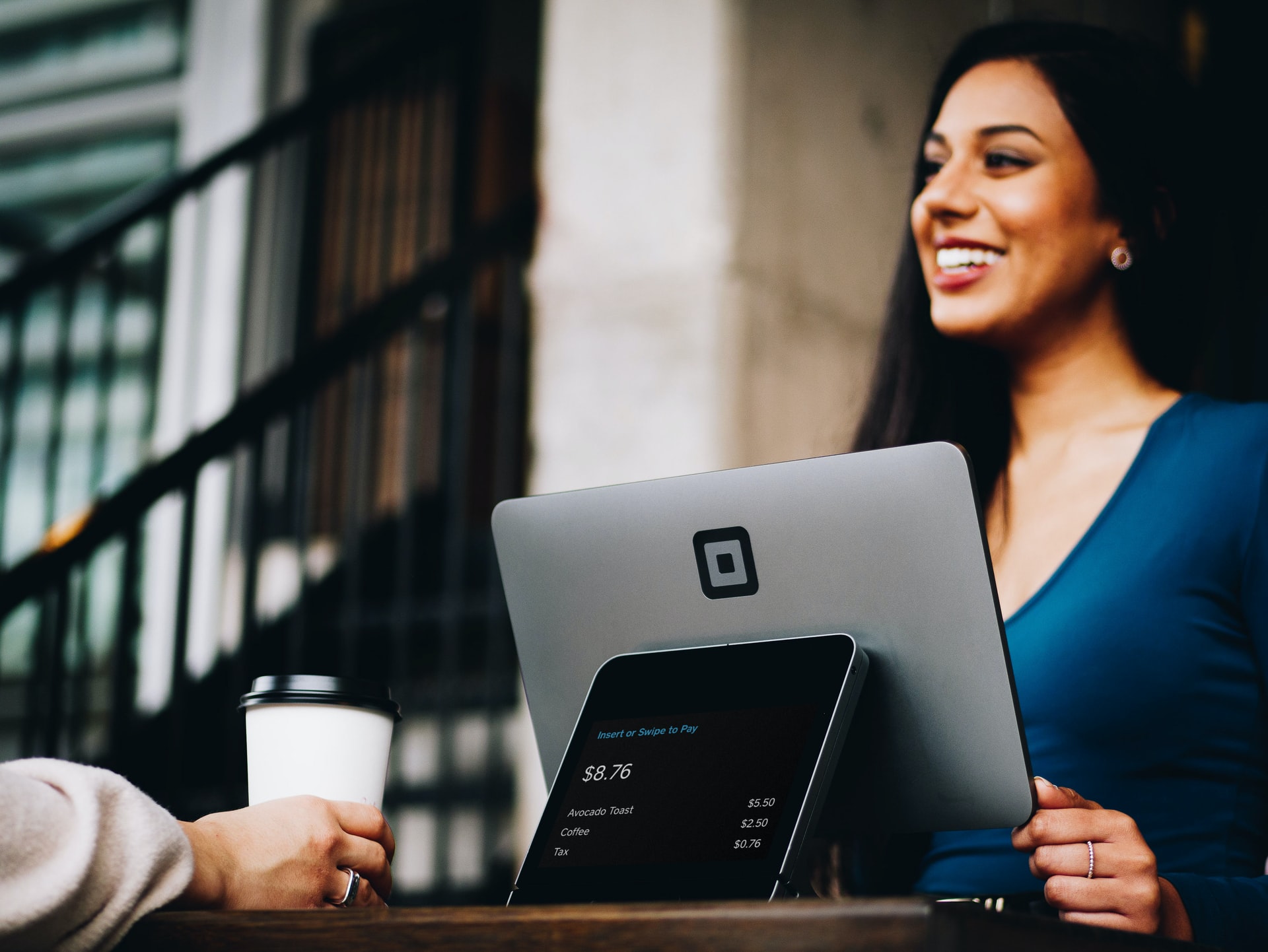For a long time, connection to the general power grid remained the only way to ensure a stable supply of houses. However, over time it became clear that this option has several significant drawbacks. Among them is the constant increase in electricity tariffs and malfunctions in the functioning of equipment. In recent decades, the issue of harmful effects on the environment has also become acute.

This is manifested in the depletion of fossil sources used for power plants, as well as in the emission of greenhouse gases. That is why homeowners began to look for sustainable energy solutions that are safe for the environment. One of the best solutions for this is solar systems. These structures consist of elements that can use a renewable source – solar energy. This significantly changed the situation by providing residential buildings with electricity.
Is Solar Power for Your Home Profitable From a Financial Point of View?
Modern solar power providers offer buyers a wide range of solutions for different budgets. However, the cost is still too high for many homeowners. Solar panels have a high price tag. On average, it is about 30 thousand dollars. This number may seem overwhelming, but if you delve into the details, it will stop scaring you.
The main feature of these systems is the use of renewable solar resources. This means that you can provide your home with a stable energy supply. Solar energy is free, so the cost of using it is zero. You can have unlimited and free access to an inexhaustible resource by making a one-time investment.
Representatives of solar energy companies note that the period of operation of installations can reach 30 years or more. This feature enables you to save money on your energy bills. However, the main advantage is the possibility of creating an energy-sustainable house. This means that power will be provided permanently without the risk of emergencies.
It is also important that solar panels for homes are one of the most affordable solutions for ensuring sustainable energy development. The average cost of installations is significantly lower than wind structures. In addition, solar panels are more convenient to use, have a longer service life, and an easier installation procedure.
Is It Possible To Create Sustainable Housing Exclusively on Solar Energy?
Given the high cost, some homeowners expect to get maximum efficiency. It is about the possibility of a complete transition to solar panels. Experts indicate that it is possible. In this case, you can create a self-supporting solar energy home. It will be a closed ecosystem in which all systems are powered only by a clean renewable source.
However, some risks still exist. That is why most owners of solar energy homes do not disconnect from the general network. It is a backup option in case of prolonged bad weather or frequent cloudy days when the level of solar electricity generation is lower. It is important that in some states disconnection from the general network is not possible at all or is possible after collecting a whole package of documents and permits. That is why you should first find out about the existing legal norms and requirements.
What Advantages Do Solar Energy Sustainability Solutions Provide?
The benefit of installations that generate electricity from solar radiation is obvious. The main advantage is stability. Solar power providers offer reliable installations that can use renewable natural resources without interruption.
Unlike fossil sources, it does not run out after a certain time. This makes it an excellent basis for creating a stable energy system in homes that can work for decades. Solar power home energy has several more important advantages.
Financial Savings
This aspect is very important because the initial cost of solar systems is quite high. Before buying, every homeowner wants to know whether such an investment will be profitable. If you correctly calculate the required power and number of solar panels, the financial benefit will be significant. You will be able to save on the payment of utility services in a few days after installation.
After the payback period is over, you will get a net profit. Electricity bills will be minimal. If it is difficult to evaluate all indicators and determine the return on investment, you can contact solar energy companies. Specialists will help to calculate all points and compare data. In any case, the financial benefit has a long-term perspective and will be available during the entire period of operation of the solar panels.
In addition to saving on energy bills, homeowners receive another financial benefit. It consists in increasing the cost of housing. The owner can sell the property at a higher price in the case of the purchase of installations with a full transfer of ownership. The figure increases by 10-15 thousand dollars on average.
Reducing the Harmful Impact on the Environment
Each solar panel is an ecological device that generates electricity without harming the environment. This advantage is manifested in several aspects:
- No harmful emissions into the atmosphere
- No need to change the natural landscape to use the installations
- Use of a renewable resource
Thus, the transition to solar technologies allows for slowing down global warming and other consequences of the global environmental crisis.
Receiving Solar Stimuli
Understanding the importance of solar energy, state bodies, and local governments encourage the use of the best solutions for sustainable energy. To do this, they deploy financial incentive programs and provide support to those who decide to switch to sustainable solar energy. Tax credits (30% of the value), accelerated depreciation program, rebates, net metering, tax exemptions, and other incentives are available to buyers.
They not only allow you to reduce the initial investment but also get a financial benefit in the long run. In particular, clean accounting is aimed at this. The program provides the return of excess electricity to the general network. In return, homeowners receive loans that reduce the cost of utility services.

Increasing Independence From the General Network
Among the solar energy advantages, it is also possible to highlight the reduction of risks that exist in the case of power supply from the general energy system. We are talking about failures in the system, increases in electricity tariffs, and other phenomena. With solar systems in your home, you can minimize the impact of these factors on your local power grid.
How Many Solar Panels Do You Need for a House?
In each case, this figure is different. After all, the result depends on many factors. Among them are average indicators of energy consumption, climatic zone, weather conditions, and several other important criteria. Estimated numbers are provided in a study presented by Energy Sage. It states that it is necessary to use at least 17-21 solar panels to fully power a typical house. To calculate the indicator for your home, you should contact the experts of home solar energy companies for help.
Conclusions
Solar systems that are capable of generating sufficient amounts of electricity are one of the best solutions for providing sustainable power to home systems. They can provide this advantage in the long run. After all, the average service life is 30 or more years. You can save a fortune, reduce your dependence on the public grid, and reduce your carbon footprint during this period.























